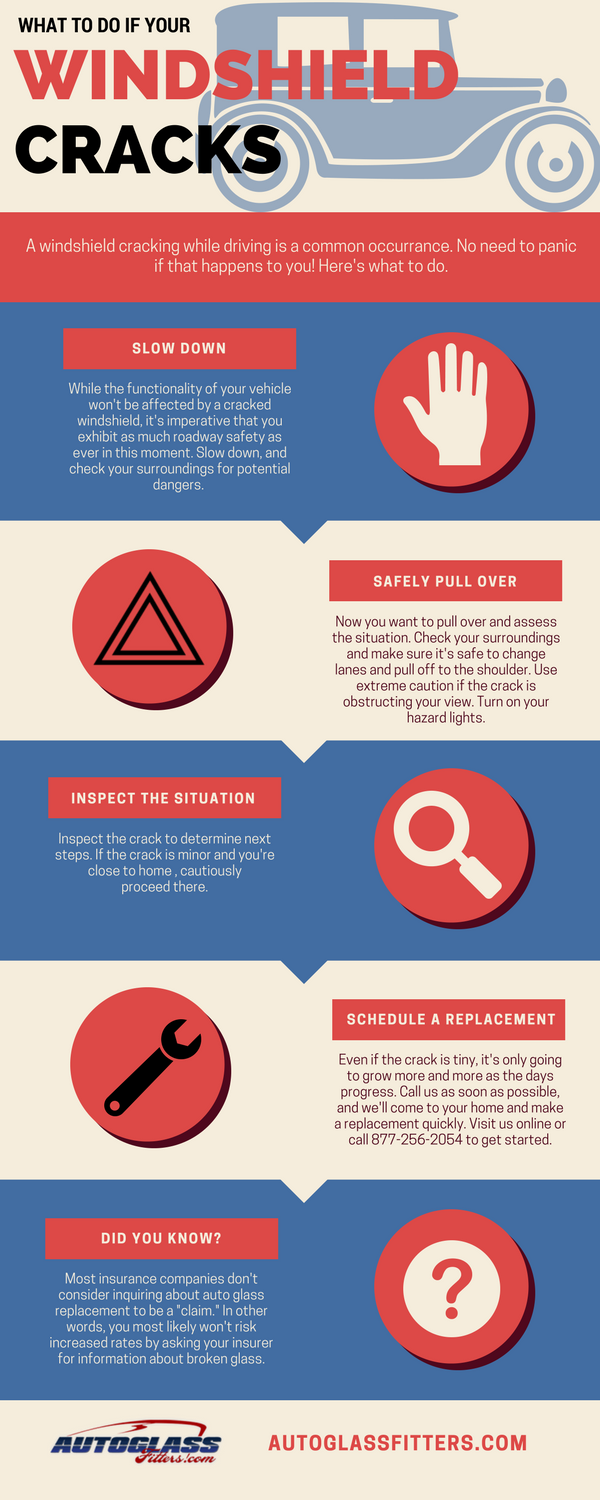One Of The Most Effective Stress Washing Practices For Every Surface Category
One Of The Most Effective Stress Washing Practices For Every Surface Category
Blog Article
Short Article Written By-Stone Nixon
When it concerns pressure cleaning, the technique you select can make all the distinction in achieving a tidy, streak-free surface. You might find that difficult surfaces, like concrete, call for a various method than softer products, such as timber or plastic. It's necessary to adjust your approaches to the surface area type to stop damage while making best use of cleansing efficiency. So, what are the most effective methods for each surface area, and just how can you ensure you're using the best setups and devices for the task? Allow's discover what you require to know to obtain the most effective results.
Difficult Surfaces
When it involves push cleaning difficult surface areas, preparation is key. Before just click the up coming page think about pulling out the pressure washing machine, make the effort to get rid of the location of any kind of debris, furnishings, or barriers. You don't desire anything entering your means or possibly damaging your devices.
Next, evaluate the surface for any kind of splits or damages; this will help you determine the appropriate approach and pressure settings.
As soon as you have actually prepared the area, it's essential to select the appropriate nozzle. For difficult surfaces like concrete or block, a narrow nozzle (15 or 25 degrees) functions best to offer a concentrated stream of water that can properly eliminate grime and stains. Constantly begin at a distance and slowly move more detailed to avoid any kind of surface area damages.
As you begin cleaning, maintain the stick moving to protect against touches and over-saturation. It's also handy to work from the top down, enabling dirt and debris to wash away normally.
Finally, remember to rinse the surface area thoroughly after cleansing to remove any leftover detergent. With these methods, you'll accomplish a tidy and refreshed appearance on all your difficult surface areas.
Soft Surfaces
Pressure cleaning soft surface areas needs a gentler approach to secure them from damages. Whether window washers in the area cleansing your deck, patio area furniture, or siding, making use of excessive stress can lead to dents, scratches, or even irreversible injury.
Beginning by selecting a low-pressure nozzle, ideally a 25-degree or larger spray pattern, to distribute the water extra gently.
Prior to you begin, it's important to pre-treat any type of discolorations with a suitable cleansing service. https://medical-cleaners-services43210.ziblogs.com/32631534/exactly-how-to-clean-windows-like-a-pro-methods-and-tricks allows the cleaner to pass through the dust and gunk, making it easier to wash away without scrubbing as well hard.
Always apply the option from all-time low up to protect against spotting.
When you start stress cleaning, maintain a range of at least 12 to 18 inches from the surface. Relocate your wand in a sweeping activity, keeping it parallel to the surface to avoid concentrated pressure on one area.
Wash the area extensively after cleaning to get rid of any type of recurring cleaner.
Last but not least, evaluate the surface area for any type of missed spots and repeat the procedure if necessary. By complying with these actions, you can properly clean soft surface areas while preserving their integrity and look.
Specialty Surfaces
Cleaning soft surfaces calls for treatment, but specialty surface areas require even more focus to detail. When you deal with these surface areas, like fragile wood, discolored concrete, or specific kinds of house siding, utilizing the appropriate stress cleaning techniques is vital to prevent damages.
First, examine the product. For example, treated timber can frequently withstand modest pressure, however softer timbers like cedar might require a reduced setup. Constantly start with the lowest stress and progressively increase if needed.
For stained concrete, make use of a follower spray nozzle and keep a consistent range to stop engraving the surface.
When dealing with surfaces like vinyl siding or repainted surface areas, a large spray pattern aids disperse the pressure evenly, shielding the surface.
It's additionally wise to utilize cleaning agents specifically made for specialized surfaces. They can improve cleansing without compromising the product.
Rinse extensively after cleaning to eliminate any kind of residue, as it can result in discoloration or wear and tear in time.
Conclusion
Finally, mastering stress washing techniques for various surfaces can make all the difference in your cleansing outcomes. For tough surfaces, stick to slim nozzles and a top-to-bottom method, while soft surfaces need a gentler touch with bigger nozzles. Don't fail to remember to pre-treat stains and rinse thoroughly to stay clear of residue. By adapting your techniques per material, you'll not only achieve a cleaner finish yet also protect the integrity of your surfaces. Pleased cleaning!
